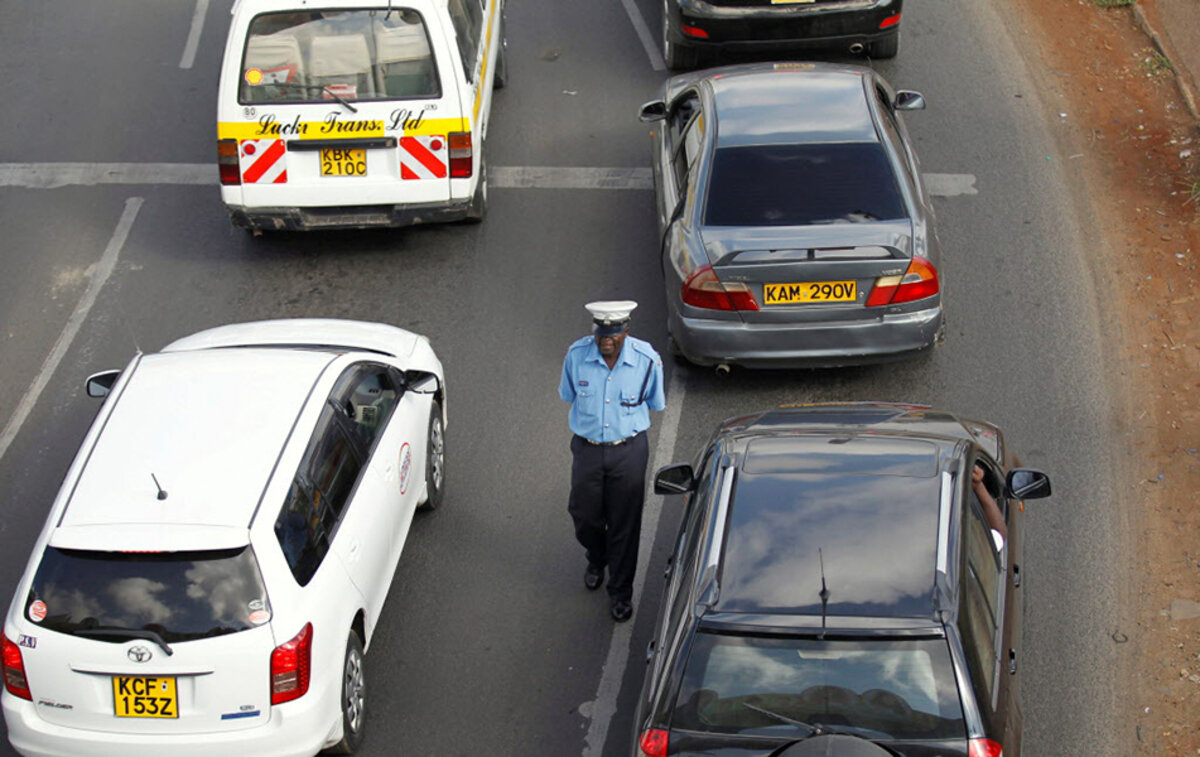Could word power save us from road rage?
Loading...
Who knew that a Walt Disney cartoon made years before there even was an Interstate Highway System could provide profound insights into road rage?
“Motor Mania,” from 1950, stars the irrepressible Goofy (and is widely available on ). The cartoon tells a Jekyll-and-Hyde story of the transformation of a mild-mannered suburban gentleman, “Mr. Walker.” As a pedestrian, he wouldn’t hurt a fly. But once he gets into his car, he becomes the all-but-fire-breathing “Mr. Wheeler,” a “demon driver.”
“Motor Mania” came to my attention when blogger John Lavey, of , an urban design and economic development outfit out west, published a post headlined “65 year-old Disney cartoon perfectly explains the craziness of driving a car.”
“Driving an automobile,” he wrote, “asks one to exist in a sort of quantum state where our errors are forgiven but those of other drivers cannot be tolerated. Where, on the one hand, the speediest route between origin and destination is demanded when behind the wheel and, on the other, space, safe harbor and time are needed when acting as a pedestrian.”
But what engaged my attention most in the piece was , ascribed to Dr. Nigel Thrift, an expert in “”: “Drivers cannot ... communicate their concerns as fully as they would want and there is therefore a consistently high level of ambiguity in driver-to-driver interaction.”
“Drivers cannot ... communicate.” This confirms something I’ve long suspected: One of the reasons we have road rage is that just about the only way drivers can communicate is through blasts of the horn or aggressive flashing of lights.
Drivers can’t talk to each other. In particular, they have no way to apologize. Yet “I’m sorry” or “please excuse me” is one of the first expressions you learn when you start a new foreign language.
What if cars had a series of little apology lights around their perimeter? If you realized just before the light changed that you had to scoot over to the left-turn lane, for instance, a discreet tap on a button would set your apology lights briefly a-twinkle, at least until you’d cleared the intersection.
One challenge would be color: Red, green, yellow-orange, blue, and white have all been spoken for. Could a suitably androgynous mauve be found for this?
Better yet, what if cars had little signboards fore and aft, rather like miniature versions of the LED destination signs on buses and trains? Most people would drive around with the “Sorry” message cued up and ready to deploy. But you could presumably have other messages in your (customizable) library: “Cranky toddler in back seat!” or “Running late for soccer practice!”
Mr. Wheeler would be better off if he could communicate better with Mr. Walker, and with his fellow drivers, too – and verbally, that is, and not just by laying on the horn.
For the time being, though, driving means never being able to say you’re sorry.




